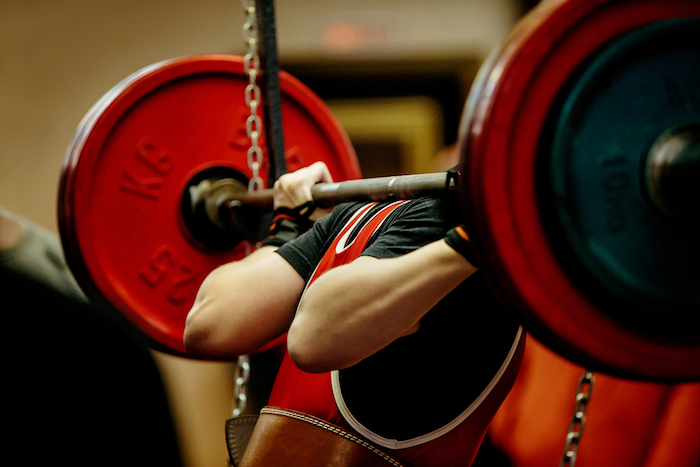How much is enough? This is a question that’s asked pretty often in strength and conditioning circles.
The idea of how much is enough generally is a product of the theory referred to as minimum effective dose. This concept surrounds the idea of finding how much is enough, in the form of the smallest dose possible, to produce a favorable and ideal outcome. To take it a step further, the principle also states that if you do less than your minimum effective dose, then you won’t progress to your best ability, and if you do too much, then you’ll be teetering on the edge of diminishing returns.
Since the popularization of minimum effective dose, multiple strength coaches and athletes have employed this ideology with their training because it’s an awesome way to produce progress and longevity without overdoing it, which is a consistent problem many have in the gym — and all of this information leads us to a recent review and meta-analysis published on this very topic.
In the review and meta-analysis, authors sought out to explore the idea of minimum effective dose in relationship to the improvement of one’s squat, bench press, and deadlift 1-RM strength. (1)
This is valuable information for powerlifters, or those who train like a powerlifter because this information can help direct fruitful program construction from both a performance and longevity point of view, so what did the meta-analysis and review find?
Practice Minimum Effective Dose Guidelines for Squat, Bench Press, and Deadlift 1-RM Strength
In the meta-analysis, authors compared multiple studies based on various criteria and then assessed how the studies related to one another to create practical training guidelines. So what guidelines did they suggest based on the research they analyzed?
Squat and Bench Press
Authors suggested that for resistance trained men trying to improve their squat and bench press, a single set with 6-12 reps performed 2-3 times per week for 8-12 weeks at intensities between 70-85% of one’s 1-RM was enough to produce results.
Deadlift
As for the deadlift, the research was said to be too limited in nature to create practical guidelines for training frequency, volume, and intensity to progress 1-RM strength over a dictated timeline.
Author’s Note: It’s important to note and remember that the information above is based on the research that is currently available, and individual context is always important to consider for training variables like frequency, intensity, and volume.

An Expert’s Thoughts
Eric Helms PhD originally shared this study on his Instagram page and shared some thoughts regarding the research.
“We often get so focused on doing the amount of volume/intensity/frequency that is optimal, we forget that just a fraction of that can still move the needle forward. Knowing that only a handful of sets per week still produces robust strength gains, even in trained lifters, is valuable knowledge.
If you have exams, or you’re experiencing burnout, a niggling injury that limits volume, a new job that you haven’t figured out how to schedule around, or a new baby, this knowledge gives you options where otherwise you might have thrown your hands up and just not gone to the gym for month.”
The Takeaway
Essentially, Helms is outlining that we often get lost in the weeds of always trying to push to our maximal limits all of the time to progress, but in reality, we really don’t need that much to progress our strength at a healthy rate.
If we can understand how to apply the information obtained from this study above to our daily lives, along with our personal experiences and knowledge, then it can make training year-round a lot more feasible both physically and mentally.
Basically, push when we have the energy and means to do so, and then downshift gears, and do what we have to when those resources aren’t so readily available!
References
1. Androulakis-Korakakis, P., Fisher, J., & Steele, J. (2019). The Minimum Effective Training Dose Required to Increase 1RM Strength in Resistance-Trained Men: A Systematic Review and Meta-Analysis. Sports Medicine.
Training Frequency FAQs
How often should I squat?
Squat frequency should be individual and based on training goals, needs, fitness age, and wants. A good place to start is to squat at least once a week, then increase frequency to up to three times a week once a baseline of strength and work capacity is established.
How many times a week should I bench press?
The bench press is a compound movement that generally improves slightly better with higher training frequency, and research backs this. Generally speaking, the bench press can be trained anywhere from 2-4 times a week to make progress as long as intensity and volume are accounted for in a manner that doesn’t cause burnout or too much fatigue accumulation.
Feature image from Igor Simanovskiy / Shutterstock
